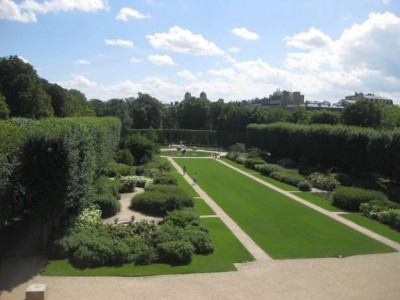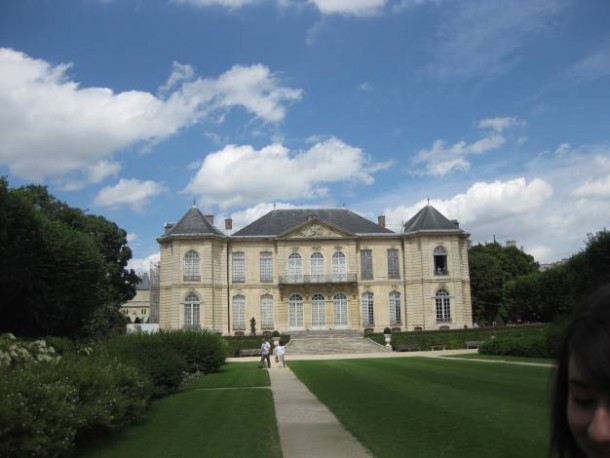PARIS, FRANCE. After spending the day at Le Musée Rodin, I can honestly say that it has been one of my favorite museum spaces in Paris. With artworks splayed between indoor and outdoor spaces, the museum offers a diverse but continuous atmosphere that complements the works it houses.
The Museum consists of the Hotel Biron, the chapel, and the garden. Along with pieces by Rodin, there is an exquisite collection of artwork by artists such as Camille Claudel, Van Gogh, and Renoir, to name a few. The Mansion was first created between 1727 and 1737 and later turned into a hotel in 1905. From 1911 onwards Rodin occupied the entire building space. After he died in 1917, in his will he asked that “the State to keep all these collections in the Hôtel Biron, which will be the Musée Rodin,”the museum website states.

The Gardens | Kaitlyn Arbour
When I was walking around the galleries, I also found it extremely interesting that there were several sculptures done by different artists but signed by Rodin. I found this intriguing because both Medardo Rosso and Camille Claudel had accused Rodin for stealing their ideas. The sculptures that were not his but that he signed were not Rosso’s or Claudel’s (unfortunately I could not get a picture of either the sculptures or the plaques because photography was not permitted in the gallery as I was generously reminded by the guards). However, I was shocked that there was such a direct attempt at plagiarism, whether intentionally or just for fun, and that this act was on full display at the museum.
With regards to the museum space, I found it surprising that an artist such as Rodin was able to afford to buy out the Hotel Biron, and its grounds, as well as have enough power to request that the state make the mansion a museum for his works. I hypothesized that this power was either a result of a bourgeois upper class background or a result of him gaining popularity throughout his own lifetime. Not coming from any notably bourgeois background, the latter had to be true. When I researched critical receptions of his work during his lifetime I was somewhat surprised with how well he was received by the public. The reception to his early work was not all positive but he eventually became a household named after The Burghers of Calais. Rodin had an unusual popularity while he was living and for the Parisian government, his estate was worth more than the land itself so they permitted this museum to be founded.
More information: http://www.musee-rodin.fr/

